Be sure to check out the following RMAA report about Plenue J in order to best understand parts of this section: RMAA: Cowon Plenue J 24-bit
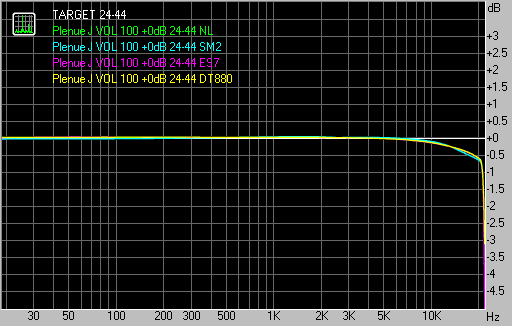
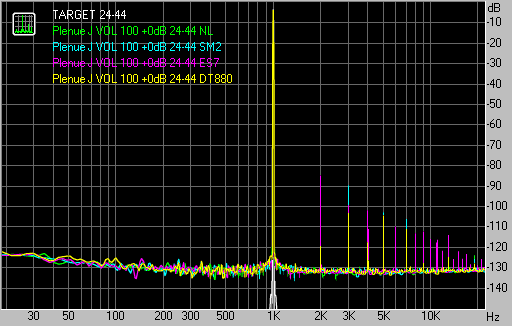
Aside from a higher amount of hiss compared to the Plenue D and Onkyo’s DP-S1, there is very little bad to say about the J. It’s loaded with Cowon’s typical bevy of sound enhancements, including BBE Mach3Bass, which currently is giving my head a Russian massage. Not counting user settings, are dozens and dozens of sound enhancements possible, my favourite of which is called BBE Headphone. It presses the sound stage wider and rounder, enlarging lateral stage enough to give you a double take around the room. As much as I appreciate what Sony have done with the ZX300, Cowon’s sound enhancements are better, or at least better able to get do crazy things to music without forcing buzz and other errors. And again, there are so many to choose from. Unfortunately, user settings are pains in the arse to fix. This is because, from EQ to BBE+, to SE reverb models, settings are stored in tiny cards that you have to tip up or down, and must be adjusted individually. Because the UI is laggy, it is frustrating.
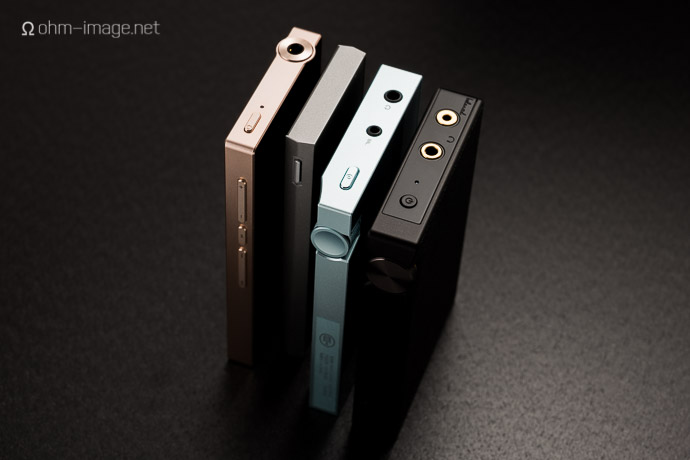
But wowsers! Cowon’s customising engine is the bee’s knees. I’m not even an EQ guy, but I’ve settled (for the first time) on a custom setting.
As I said above, Plenue D actually outperforms Plenue J in hardware tests, though not by much. J hisses more and D has more dynamic range and lower noise levels. That said, the differences really are academic. Neither gets louder than an iPhone 6, and certainly neither one approaches the voltage a ZX300 or AK380, or even the DP-S1 spits.
But J’s modus operandi hinges on its size and ease of use. The ZX300 packs a punch, as does the DP-S1, but neither are as fun to use. Onkyo’s sound enhancement engine is too adult, and one I forgo entirely. The ZX300 is huge. And, it shows more jitter, both at extremes, and across the median, than the J, which is both smaller and cheaper. It also hisses more. And, the J shows less load effect. It also shows more dynamic range. But as I’ve outlined before, hi-res audio, 24-bit, and the brouhaha surrounding both, are for nought at actual listening volumes. I listen to my favourite – and now balanced – Grado GR8e, at volumes ranging from 15/100 to 30/100, depending on where, and when I am. Hi-resolution files are limited to whatever dynamic range a player, and the music itself is able to output at listening volumes. And at typical listening volumes, the only drawback to the Plenue J is stereo separation, which, like the Plenue D, is only meagre. An advantage to less separated stereo is that music can seem more immersive, which it does through the J. And of course, the stage you hear can be endlessly pushed forward or back or around you through the J’s numerous reverb effects. Brilliant.
It’s been a long time since I’ve really lost myself in my tunes, and longer since I’ve spent hours fiddling with EQ’s, reverb effects, and geeking out to BBE effects. You can go really overboard with all of them and you’ll not easily cause the J to riff off into IMD hell. It’s truly amazing how well it stands up to crazy sound settings.
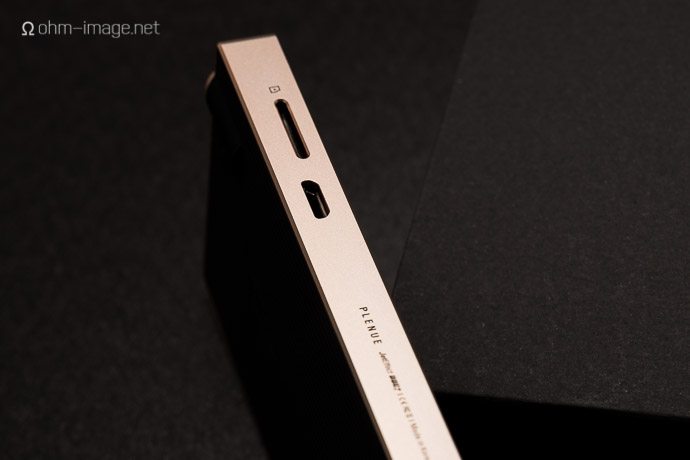
Hell, I didn’t bother messing much with sound when listening through the Plenue D. When it comes down to it, I just don’t like using that player. Despite the J’s similarly laggy interface, I love it. I love drawing it out of my coin pocket like Steve Jobs. I love its smooth metal chassis, its rubber back, the placement and size of its volume and track rockers. I love that it suffers no load effect to the frequency response and very little to basic noise levels and none to its dynamic range. This can’t be said for a number of higher end players.
As long as you don’t buy J for absolute performance, and instead focus on its sound, which tinges warm, I think this is a powerful, and fun, DAP.
End words
With the singular exception of its hardware tracking buttons Plenue J rocks UI design. It’s software UI is laggy, but so is the Plenue D’s and so is the DP-S1’s. J’s library is impeccably managed and its gold version is tasteful. It sounds good, but wont’ break any performance barriers. Rather it’s a player you’ll pull out of your pocket, fiddle with, and enjoy just about every second with. I’d like Cowon to fix the lag. I’d like them to make a hard decision on tracking controls. Because, fixing those, it could be nearly perfect. The good news for general music listeners is that Cowon is a household name and has been one since before today’s distended audiophile market. It will appeal to music lovers and audiophiles alike. But the latter group probably will find more purchase in Onkyo’s DP-S1, which, while ugly, harder to use, and strapped to a worse interface, is unstoppable when it comes to performance.





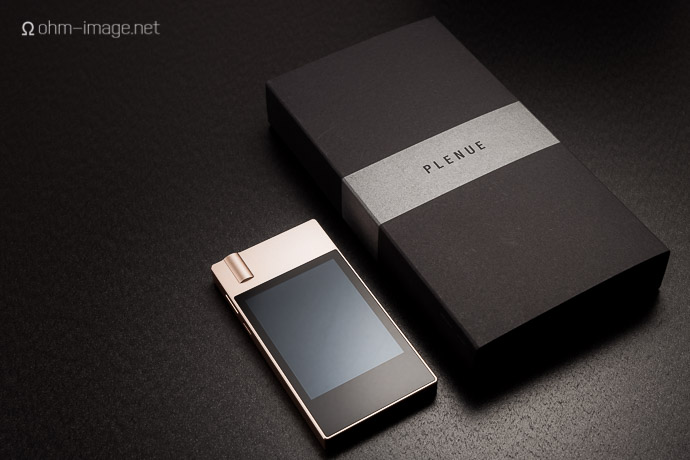
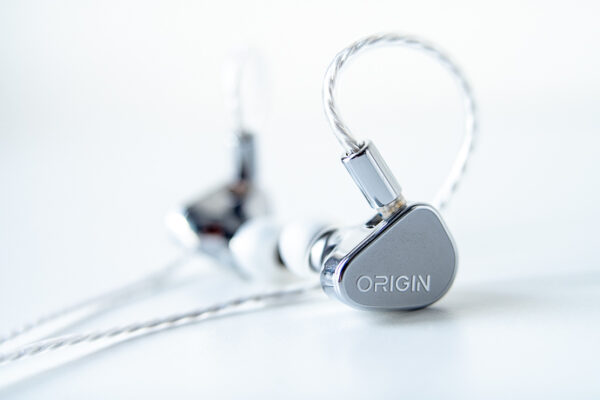
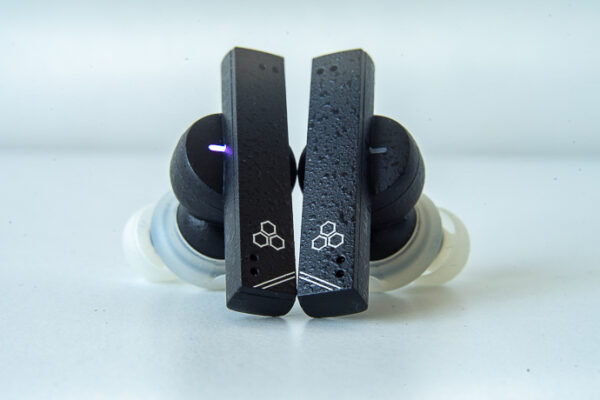
Hans
Hi Nathan, do you think the Onkyo DP-S1 is better than this for sound? Any idea how the DP-S1 or the Cowon compare to the Hiby R3?
Thanks.
ohm image
The DP-S1 truly performs and sounds like a high-end player. I’ve not tried the Hiby R3.
Hans
Thanks! Looks like DP-S1 it is then.
Hans
Do you know if the DP-S1 runs both DACs for unbalanced output, or only1 DAC?
I usually use unbalanced so I’m wondering if twin DACs will be overkill then.
Thanks!
Indrajit
Hi, may I know how does Cowon J compare sonically with Fiio X5iii?
Mobin
Excellent review, very informative. I have a few questions about the J. Did it play iTunes m4a files? Is its output power better than or similar to Fiio M6?
I don’t own very fancy audio hardware. 3 kids to raise so titanium diaphragms might as well be unobtanium. But I do love music and strive to pick out any subtle nuances with pleasure. I do most listening on a CCA C10… while running, and sometimes listen to my m50’s and Vmoda m80’s. My current dap is an aging (ancient!) Sansa Fuze+ which barely powers the bigger cans but very adequately drives the CCA at 40% volume. The J or M6 will replace it. I am leaning towards the J because of how you describe its sound.